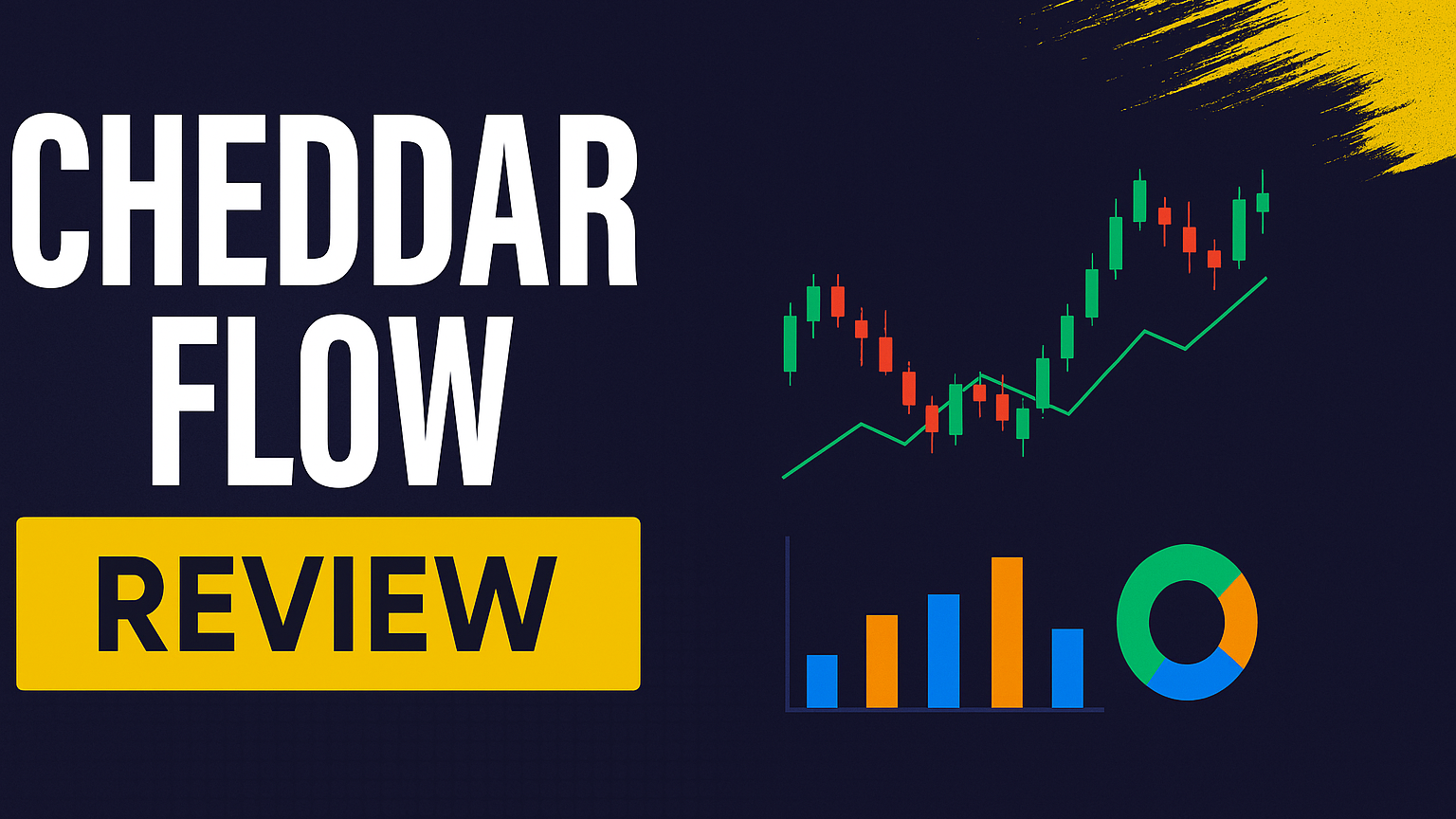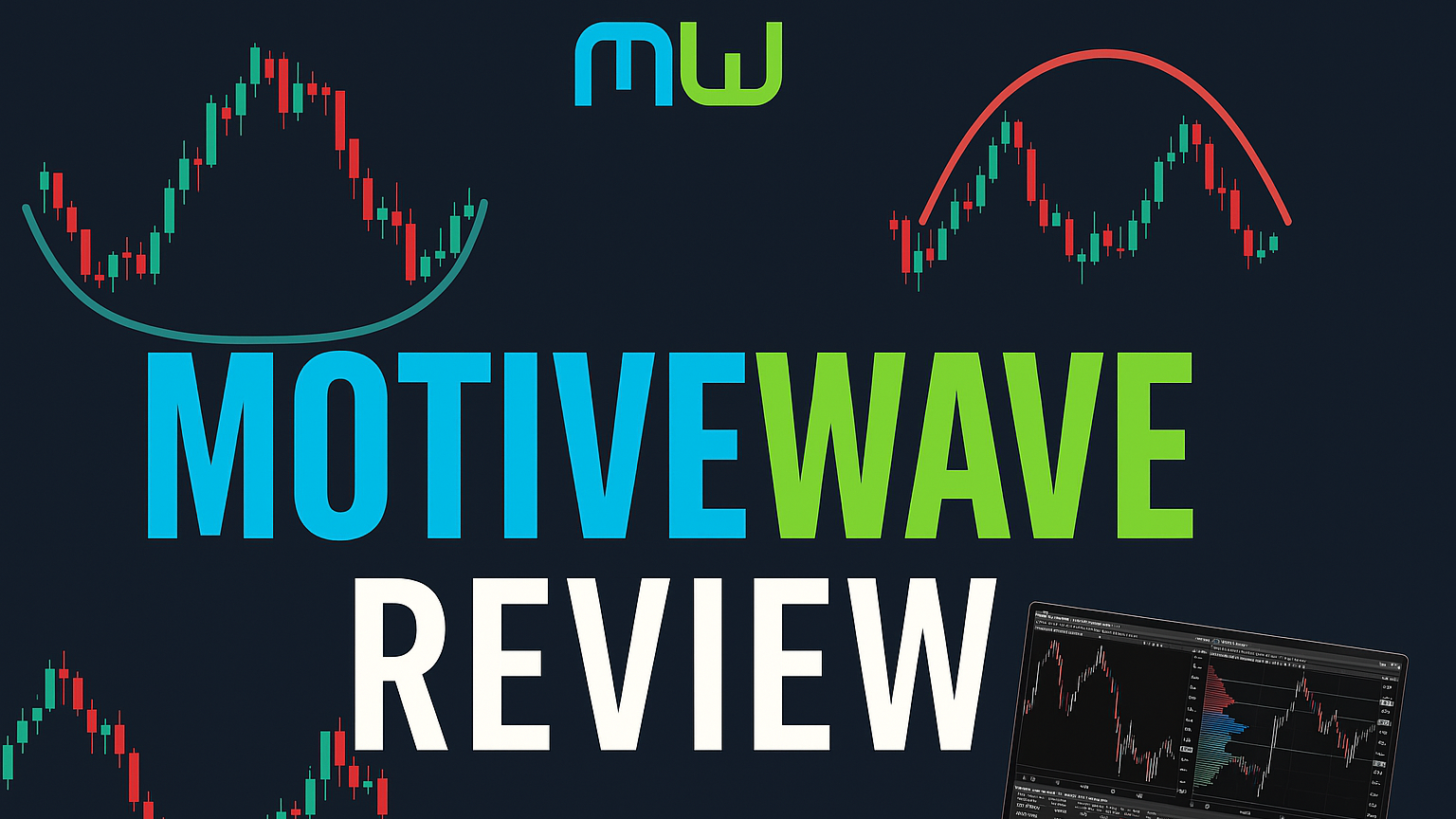Learn how to identify unusual options activity to uncover hidden market trends and gain a trading edge with expert analysis techniques.
Unusual options activity can reveal hidden market trends and signal potential price movements before they happen. This guide explains how to spot and analyze these patterns, often tied to institutional investors or "smart money." Here's what you'll learn:
- Key Signals: Sudden volume spikes, open interest changes, and large institutional trades.
- Detection Tools: Use options scanners, live data monitoring, and options chain analysis.
- Actionable Insights: Combine unusual activity with technical analysis and risk management for smarter trades.
Profiting From Unusual Options Activity
Signs of Unusual Options Activity
Spotting unusual options activity can help identify potential market-moving events. These signals can guide you in recognizing market anomalies and finding trading opportunities.
Trading Volume Spikes
A sudden surge in trading volume is a key signal. For example, if an option's volume jumps from 1,000 contracts to over 5,000 – more than five times its average daily volume – it indicates strong interest, often from institutional players. These spikes are especially noteworthy in cases such as:
- Short-dated, out-of-the-money contracts
- Single orders matching the daily average volume
- Concentrated activity on specific strike prices
Changes in open interest can further clarify whether these volume spikes represent new positions being opened or existing ones being closed.
Open Interest Changes
Shifts in open interest reveal whether traders are initiating new positions or exiting old ones. When trading volume far exceeds open interest, it usually signals the creation of new positions rather than the closing of existing ones. Key patterns to watch include:
| Pattern | What It Means | Possible Implication |
|---|---|---|
| Volume > Open Interest | New positions are being opened | Could signal the start of a trend |
| High Volume + Rising Open Interest | Strong directional confidence | May confirm market sentiment |
| Volume Spike + Stable Open Interest | Day trading activity | Indicates short-term price movement |
Institutional Block Trades
Institutional block trades add another layer of insight beyond volume and open interest. These trades, often executed by large institutions, demonstrate significant confidence in an asset's future. As of late 2023, about 15% of all U.S. equity trades occurred in dark pools.
"Unusual options activity occurs when trading volume in an options contract is high above its average. This type of activity is often due to institutional investors and it can be a signal that smart money thinks the price of a stock will move soon." – Centerpointsecurities.com
Block trades typically involve:
- At least 10,000 shares or $200,000 in bonds
- Private negotiations outside public markets
- Execution through specialized intermediaries
Given that institutional investors account for 70–80% of total market trading volume, monitoring options flow data for large block trades is essential. However, keep in mind that some of these transactions could be hedging strategies rather than outright bets on price direction.
Detection Methods and Tools
Once you've identified unusual activity signals, it's time to confirm the trends using specialized tools. This involves leveraging a mix of options scanners, options chain analysis, and live data monitoring to pinpoint opportunities.
Options Scanner Setup
Tools like Market Chameleon ($99/month) allow you to customize filters for spotting volume anomalies and options flow. When setting up your scanner, focus on these key parameters:
- Volume threshold: Look for options trading at least 5x their average daily volume.
- Strike price range: Concentrate on short-dated, out-of-the-money contracts.
- Order size: Target large trades that suggest institutional activity.
For a more affordable option, Tastytrade provides free scanner access, with $1 per contract trading fees and solid screening capabilities through its built-in tools.
Options Chain Reading
After identifying anomalies with a scanner, validate your findings by analyzing the options chain. This step requires understanding key metrics that signal unusual activity:
| Metric | Signal | Action Point |
|---|---|---|
| Volume vs Open Interest | Volume > 5x Open Interest | Indicates a potential new position. |
| Bid-Ask Analysis | Orders above ask price | Suggests urgency from buyers. |
| Strike Concentration | Large orders at specific strikes | Points to possible institutional accumulation |
Pay close attention to transactions executed above the ask or below the bid – these often signal urgency from institutional players. Pair this analysis with real-time insights for a clearer picture.
Live Data Monitoring
Real-time tools help capture immediate market reactions, offering another layer of analysis. FlowAlgo ($99/month) tracks order type, size, and execution speed to identify "smart money" transactions.
"FlowAlgo identifies Smart Money transactions by analyzing various data points on each order as they hit the tape (time and sales), including the order type, order size, the speed of the order, the pattern in which the order fills, the order volume, average volume, among many more."
For institutional-grade data, LiveVol ($413/month) provides detailed options flow tracking in real time. Meanwhile, OptionStrat uses adaptive algorithms to spot repeated directional flows, highlighting potential trading opportunities.
Key targets for live data monitoring include:
- Dark pool prints as directional signals.
- Repeated flow patterns in one direction.
- Urgent executions above the ask price.
- Volume spikes at specific strike prices.
- Correlation with breaking news or events.
Analysis of Unusual Activity
Market Direction Signals
Unusual options activity can provide clues about shifts in market direction. A key factor to watch is the relationship between trading volume and open interest.
| Open Interest | Price Movement | Market Trend | Signal Strength |
|---|---|---|---|
| Increasing | Rising Price | Bullish | Strong |
| Increasing | Falling Price | Bearish | Strong |
| Decreasing | Rising Price | Bearish | Weak |
| Decreasing | Falling Price | Bullish | Weak |
| Stable/Low | Falling Price | Impending Bottom | Strengthening |
| Stable/Low | Rising Price | Impending Top | Weakening |
For example, before Q4 2022 earnings, Meta Platforms saw high put volume paired with declining open interest. This indicated weaker bearish sentiment, followed by a sharp price increase after positive earnings and a $40 billion share buyback announcement.
To get a full picture of unusual options activity, it's important to combine these metrics with insights from expiration patterns and relevant news.
Options Expiration Analysis
Time decay becomes especially important as expiration approaches. A notable case occurred in June 2022, when a trader purchased 2,300 far out-of-the-money $70-strike call options on Zendesk (ZEN). These options, expiring in one month, jumped from $0.75 to $5.80 after a buyout announcement at $77.50.
When analyzing expiration trends, consider these factors:
- Volume compared to open interest: High volume relative to open interest can indicate fresh positions.
- Strike price proximity: Options far from the current price carry different risks.
- Time to expiration: Shorter timeframes amplify the impact of time decay.
- Trade size and urgency: Large, aggressive trades often reflect insider knowledge or strong conviction.
Market News Effects
Market news can have a significant impact on options activity patterns. For instance, during Apple's "Spring Loaded" event in April 2021, increased call option activity and rising open interest accurately signaled a stock price jump following new product announcements.
Key events to watch for include:
- Earnings announcements: Options activity often spikes as traders anticipate price swings.
- Corporate actions: Mergers, acquisitions, or buybacks can trigger unusual options flows.
- Regulatory changes: Policy updates may lead to targeted activity in affected sectors.
- Economic data releases: Major announcements can cause volatility, reflected in options trends.
Rising open interest during a price trend typically reinforces the trend's momentum, while declining open interest may signal that the trend is losing steam. This method is particularly effective during high-impact news events when traders adjust their positions quickly.
Trading Plan Development
Technical Analysis Integration
Pairing technical indicators with unusual options activity (UOA) data can enhance signal accuracy. Here are some combinations to pinpoint potential setups:
| Technical Indicator | UOA Integration | Signal Strength |
|---|---|---|
| Support/Resistance | High call volume at support levels | Strong bullish |
| Moving Averages | Elevated put activity during MA crossovers | Strong bearish |
| Volume Profile Maps indicator from the LuxAlgo Library | Options flow matching key volume areas | Moderate |
| Momentum Indicators | UOA aligning with RSI extremes | Strong |
For instance, before Microsoft announced its acquisition of Activision (ATVI), traders noticed heavy call buying while the stock was technically oversold. This alignment of UOA and technical signals provided a clear entry opportunity. Following the announcement, call options surged 11x in value.
While technical signals are crucial, having robust risk controls in place ensures your trades are both protected and optimized.
Risk Control Methods
Managing risk effectively is critical when trading based on unusual options activity.
"UOA can be used as a risk management tool. Monitoring unusual options activity on your existing positions can help you stay ahead of potential market-moving news or events, allowing you to adjust your portfolio accordingly." – Intrinio
Key strategies for risk control include:
- Position Sizing: Tailor your position size to fit your account and risk tolerance.
- Stop-Loss Levels indicator from the LuxAlgo Library: Define exit points based on technical markers to limit potential losses.
- Options Strategies: Use vertical spreads to limit downside risk.
- Diversification: Avoid concentrating trades in a single sector or relying on options with similar expiration dates.
Example Trades
These real-world examples show how combining technical analysis with disciplined risk management can lead to confident, data-driven decisions.
- Twitter (TWTR) Acquisition Play
In March 2022, traders spotted unusual call buying around $38, focusing on short-dated calls $5 out-of-the-money. Shortly after, Elon Musk disclosed his stake in Twitter, followed by a buyout offer at $54.20. The stock jumped from $39 to over $54 in just three sessions.
- Gluu Mobile (GLUU) Acquisition
Between November 2020 and February 2021, repeated large-scale options activity in GLUU hinted at institutional interest. The technical setup confirmed these patterns, culminating in Electronic Arts' acquisition announcement at $12.50 per share.
"Trading based on unusual options activity works to align our positions with those of Wall Street's 'Smart Money,' those with insider knowledge of upcoming news or important information that can move the price of a stock." – Chris Bishop & Justin Nugent, Market Rebellion
Conclusion
Main Points Review
Throughout our exploration of unusual options activity (UOA), we’ve identified key indicators that help detect market shifts and trading opportunities. Studies show that stocks with UOA are five times more likely to see major price changes within days.
| Detection Component | Primary Indicator | Application |
|---|---|---|
| Volume Analysis | Sudden spikes in options volume | Spot institutional interest |
| Strike Price Pattern | Increased out-of-the-money activity | Anticipate potential price targets |
| Block Trade Size | Large individual transactions | Follow "Smart Money" movements |
For instance, in June 2022, $70-strike call activity on Zendesk jumped before a 50% price surge following a buyout announcement. These patterns can translate into actionable trading strategies.
Trading Guidelines
To make the most of UOA signals, consider these practical steps:
- Cross-check signals with technical, fundamental, and key metric analyses.
- Use position sizing and set stop-loss orders to manage risk.
- Stay updated on market news and events that could influence options activity.







